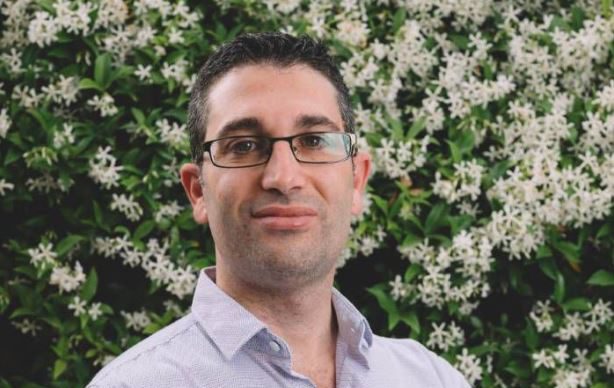Malta has kicked off 2025 with a surge in tourist arrivals, registering a staggering 25 per cent increase over the same period in 2024. This trend, if sustained throughout the year, could see the country welcoming close to 4.5 million visitors – a figure that would shatter all previous records.
But is such a growth rate sustainable? And more importantly, can the country’s infrastructure and tourism workforce cope with the strain if summer months see similar spikes?
Speaking to BusinessNow.mt, Alan Arrigo, co-CEO of Robert Arrigo & Sons and a council member of The Malta Chamber, expressed cautious optimism. He acknowledged the strong start to the year but warned against assuming the same rate of growth would hold steady throughout 2025.
“The increase in arrivals in January and February is certainly encouraging, but we should interpret it with some caution,” he said. “Growth in the shoulder and low seasons tends to appear more dramatic in percentage terms, simply because the base figures are lower. As we head into the summer months (where volumes are already high), we can expect the rate of growth to flatten even if absolute numbers continue to rise.”
Indeed, a 25 per cent increase on already busy summer figures could present serious challenges. Malta’s infrastructure – from roads and utilities to waste management and transport – is already stretched thin during peak periods. Mr Arrigo pointed out that infrastructure stress is “not just physical” but also “human,” citing recent workforce shortages in hospitality and transport.
“Without adequate workforce planning, the visitor experience could suffer,” he cautioned. “Beyond physical limits, we also need to consider the impact on local communities. When tourism volumes become overwhelming, it can lead to frustration among residents – and that in turn affects the overall atmosphere and the authenticity of the visitor experience.”
This year’s strong winter performance was not tied to any single event or campaign. Rather, it is the result of multiple converging trends. According to Mr Arrigo, the Malta Tourism Authority has been making strategic use of algorithm-driven promotion and travel intent data, which allows for tailored marketing to niche markets – especially those more likely to travel off-peak.
Additionally, Malta has made inroads into winter-oriented source markets, with Poland being a notable example. The broader trend of travellers opting for shorter, more frequent getaways and actively avoiding the high-season crowds has also worked in the country’s favour.
Structurally, Malta is better positioned to absorb more visitors than in previous years. More hotel beds are expected to come online in 2025, and the short-term rental sector continues to grow. However, a key limiting factor remains: air seat capacity.
“Air seat capacity is only expected to grow by around 5–6 per cent this year,” Mr Arrigo noted, “which will naturally limit growth in the high season.”
That limitation may offer a buffer – one that could prevent the kind of overwhelming demand that leads to system-wide stress. Still, the numbers paint a clear picture: even a partial continuation of the January-February growth trend would mark a record-breaking year for Malta’s tourism industry.
Yet, industry leaders are increasingly calling for a shift in focus from quantity to quality. As Mr Arrigo put it, “If we want to achieve greater value from tourism, the focus needs to shift from volume to quality. That means investing in infrastructure and elevating the experience so we increase spend per visitor (excluding inflation), rather than simply the number of visitors.”
The real question now is not whether Malta can attract more tourists – it’s whether it can deliver the kind of experience that keeps both visitors and residents satisfied.
Maltese Government greenlights public land transfer to address affordability crisis
The initiative supports those who earn too much for social housing but can’t afford market-priced homes
Malta’s economy to remain resilient in 2025, bolstered by consumption and services exports – report
The European Commission has revised Malta’s growth outlook upward
Navigating the Digital Services Act: Implications for businesses
Denise Borda, Senior e-Commerce Analyst at the MCA, dissects the Digital Services Act, and what it means for local businesses.






